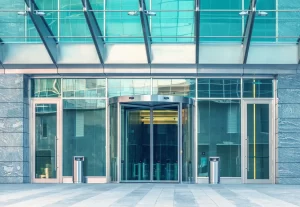
There are several key factors that have driven the evolution of office furniture trends in big cities across the United States over the past decade. These factors include:
- Changing Workforce: The composition of the workforce has significantly changed over the past decade, with a rise in the number of millennials and a shift towards remote and flexible work arrangements. This has led to a demand for more collaborative and flexible office furniture solutions.
- Technology Integration: The rapid advancement of technology has transformed the way people work in offices. The need for integrated technology solutions, such as wireless charging capabilities and adjustable-height desks, has driven the evolution of office furniture design.
- Health and Well-being: Increasing awareness of the importance of wellness and ergonomics in the workplace has influenced office furniture trends. There is a growing emphasis on comfortable seating, adjustable desks and chairs, standing desks, and other ergonomic furniture options.
- Sustainability: Sustainability has become a significant consideration in office furniture design. There is a growing demand for eco-friendly materials, recycling programs, and furniture that can be disassembled and reused.
- Agile Workspaces: The rise of agile workspaces, characterized by open floor plans and flexible, multifunctional furniture, has driven the evolution of office furniture trends. This trend aims to promote collaboration, creativity, and adaptability in the workplace.
- Aesthetics and Branding: Many companies have recognized the importance of office aesthetics and branding in attracting and retaining top talent. This has led to a shift towards more modern, innovative, and visually appealing office furniture designs.
- Coworking Spaces: The proliferation of coworking spaces in big cities has had a significant impact on office furniture trends. These spaces require adaptable and flexible furniture solutions to cater to the diverse needs of various companies and individuals sharing the workspace.
- Employee Well-being and Engagement: Offices are increasingly being designed to enhance employee well-being and engagement, through the use of furniture that encourages movement, collaboration, and personalization.
Together, these factors have driven the evolution of office furniture trends in big cities across the United States over the past decade, resulting in more innovative, sustainable, and adaptable furniture solutions that cater to the changing needs and preferences of the modern workforce.





